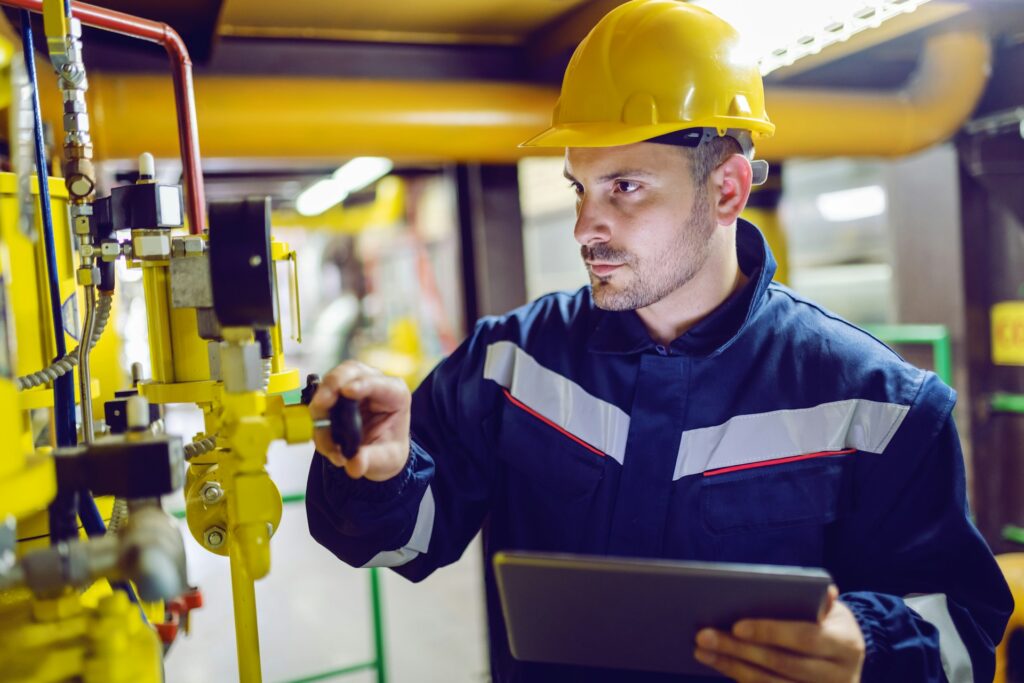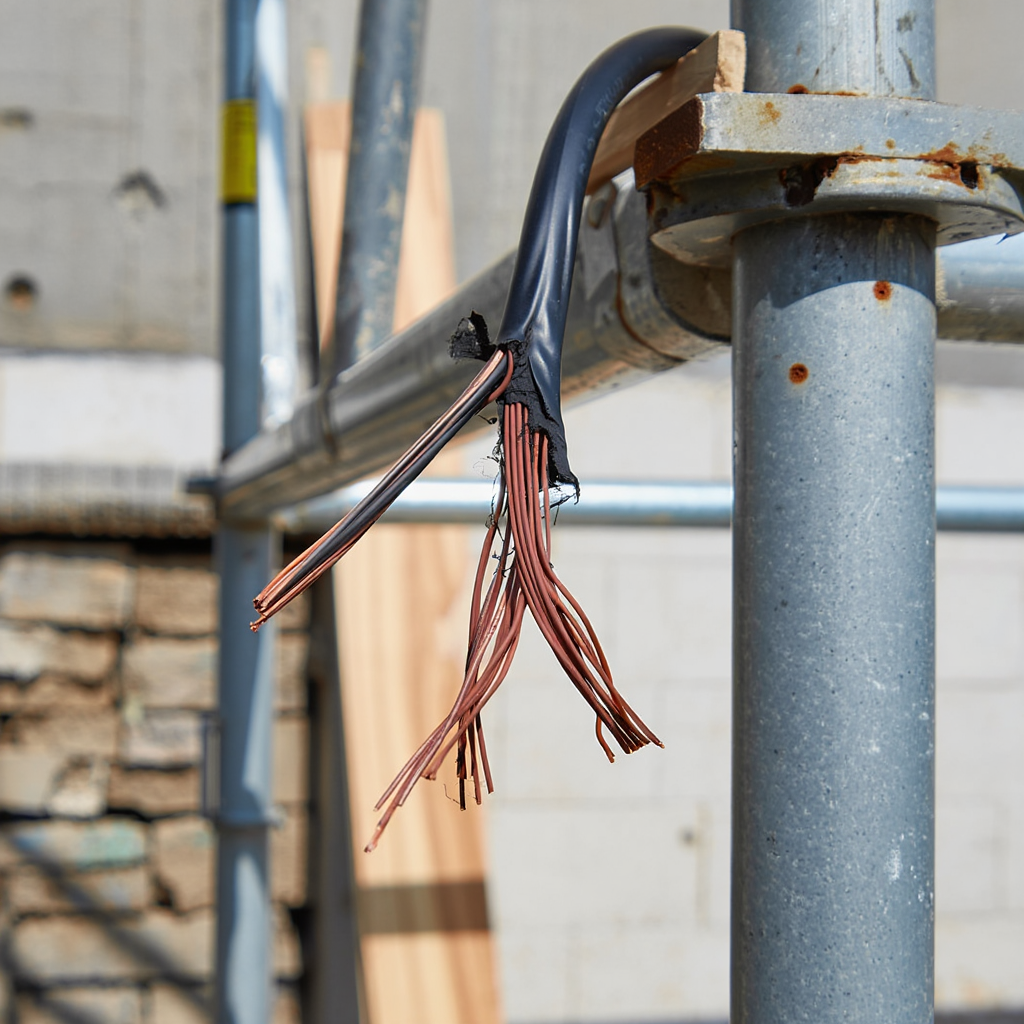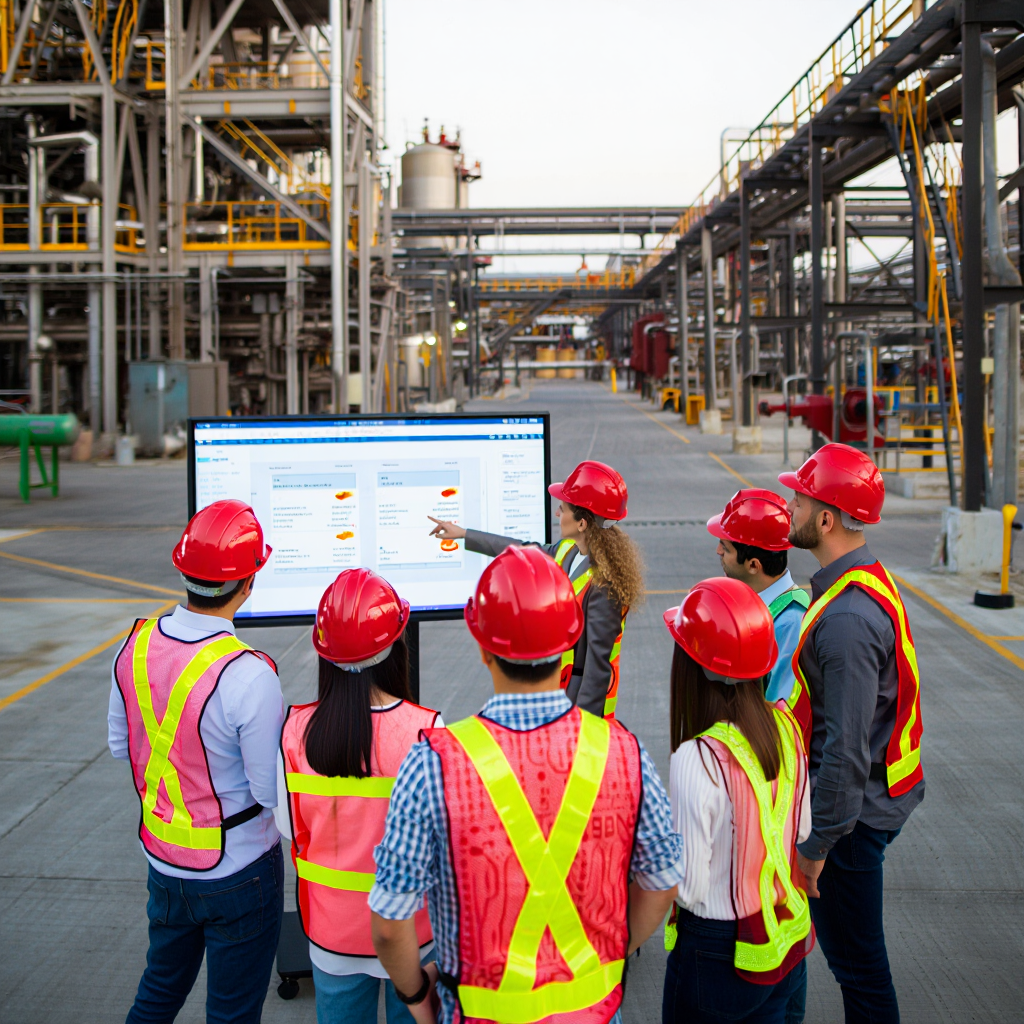Safety is a big deal in the oil and gas industry, where the cost of failure can be huge. Equipment failures are not just about downtime. They pose risks to worker safety and the environment. Think about an unexpected equipment failure that could lead to an oil spill or worse. The stakes are high, making safety protocols a priority.
This is where AI comes into the picture. It’s changing the way companies predict and prevent equipment failures. AI offers the smarts to foresee potential problems before they become disasters. By recognizing patterns and analyzing data, AI can alert operators to signs of wear and tear or likely issues, allowing for proactive maintenance and repairs.
The Importance of Predictive Maintenance in Oil & Gas
Predictive maintenance is like having a crystal ball for your machinery. This approach uses data analysis to anticipate when equipment might fail. Instead of waiting for the gears to stop turning, regular checks and monitoring help replace parts just in time. Here’s why predictive maintenance is key in oil and gas:
– Fewer Breakdowns: By spotting problems early, companies can fix small issues before they turn into big ones.
– Cost Savings: Unplanned downtime can be a financial headache. Scheduled repairs cut down on surprise expenses.
– Safety Improvements: When machines work as they should, everyone stays safer.
Simply put, predictive maintenance keeps operations running smoothly and safely. It’s like going to the dentist regularly to catch cavities early, rather than waiting until you need a root canal. By adopting predictive strategies, oil and gas companies not only enhance safety but also protect their bottom line.
How AI Enhances Equipment Failure Prediction
AI is a game-changer for predicting equipment issues before they happen. Through machine learning, AI systems can sift through vast amounts of operational data to pinpoint anomalies that might otherwise go unnoticed. By comparing current performance metrics against historical data, AI can spot unusual patterns that might suggest impending failure.
A practical example could be an offshore oil platform that uses AI to monitor pump vibrations. If the system detects an unusual increase in vibration levels, it can notify operators before a pump malfunction occurs. This early intervention helps prevent costly repairs and keeps the platform operating safely.
The Role of Hazard Identification Tools
Hazard identification tools are essential in maintaining a safe work environment in high-risk sectors like oil and gas. These tools provide a systematic approach to identifying potential hazards before they cause harm. With AI integration, these tools become even more effective at foreseeing and minimizing risks.
AI-driven hazard tools can analyze data from multiple sources, such as worker feedback and sensor input. This allows them to swiftly pinpoint areas needing attention and suggest remedies. When potential hazards are identified in advance, safety teams can act to minimize risks and ensure that workers are protected.
Real-World Applications and Success Stories
In the real world, AI’s impact on safety is evident. A notable case involved an oil company that implemented AI to monitor its machines. By predicting equipment failures early, downtime was significantly reduced, allowing operations to run smoother and safer. These success stories prove that AI doesn’t just predict problems; it actively contributes to operational efficiency and employee safety.
Final Thoughts on Embracing AI for Oil & Gas Safety
AI offers a proactive approach to managing safety and operational efficiency in the oil and gas industry. By predicting potential equipment failures and identifying hazards, AI tools provide vital insights that keep workers safe and operations efficient. Embracing AI is not merely an upgrade but a necessary step forward in creating a safer work environment. Exploring AI solutions can offer lasting benefits in terms of safety and productivity, solidifying its place as a critical component of modern safety strategies.
To make a real impact on safety in oil and gas operations, consider the advantages of using an AI-driven hazard identification tool. These tools can help you identify risks before they become a problem. Discover how Field1st can enhance your safety strategies with effective solutions to support a safer, more reliable work environment.





